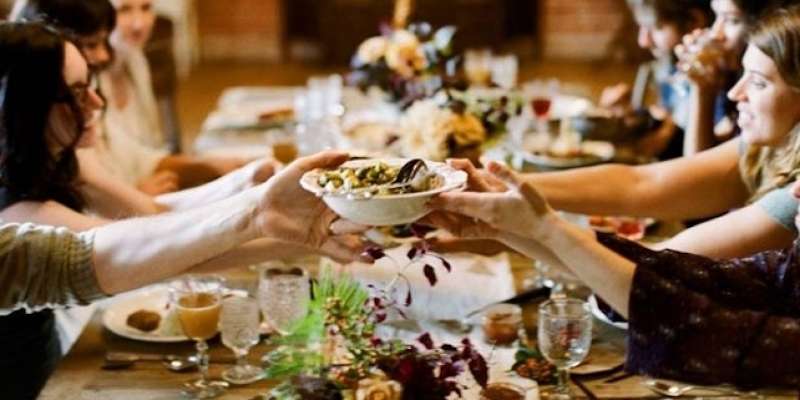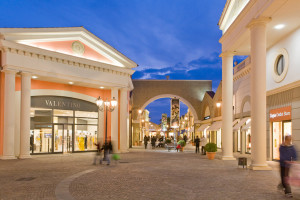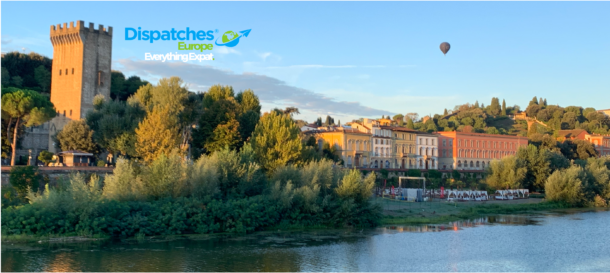France tends to be quite conservative and innovative at the same time when it comes to cuisine. In a sense, what one observes is a Yin and Yang relationship here. Drawing inspiration from tradition and rethinking classical recipes, the French culinary tradition up until today readily absorbs gastronomic trends from chefs with various national backgrounds and their approach towards the art of preparing food.
Having arrived in France, I realised the ways Russians and the French treat food vary radically from each other. So, settling in brought me to a more profound understanding of the eating habits of the country, five of which I would like to share here.
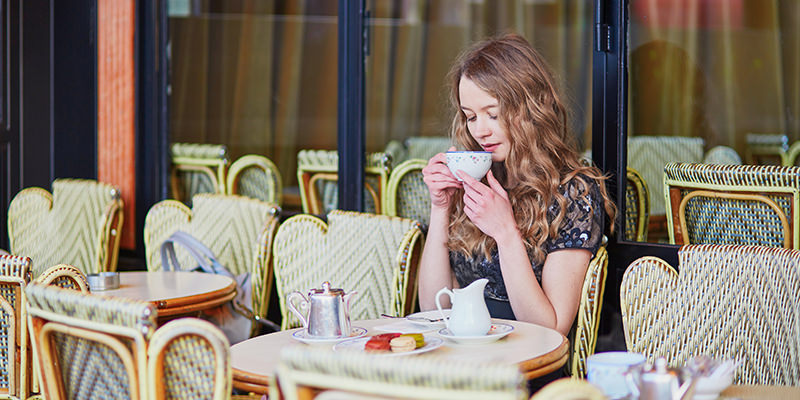
Enjoy the moment
A friend of mine came from the Netherlands recently, and as we sat down outside to savour some fresh crispy baguette and heavenly creamy Pont d’Évêque (camembert-type cheese from Normandy), she said: “Oh, the French… they DO know how to content themselves with the present moment, don’t they?”
And it’s one of those things that you wouldn’t necessarily notice, living in the country yourself. A glass of tempered rosé on the brasserie terrace, silver cutlery at a friends’ gathering, simple yet delicious seasonal fruits to be savoured for breakfast, freshly baked crunchy croissant with those luscious layers melting in the mouth – all of these pleasures in life occur on no special occasion whatsoever.
This carpe diem, or “seize the day” approach, is something I unconsciously adhered to having spent some time on the French soil. And you should, too!
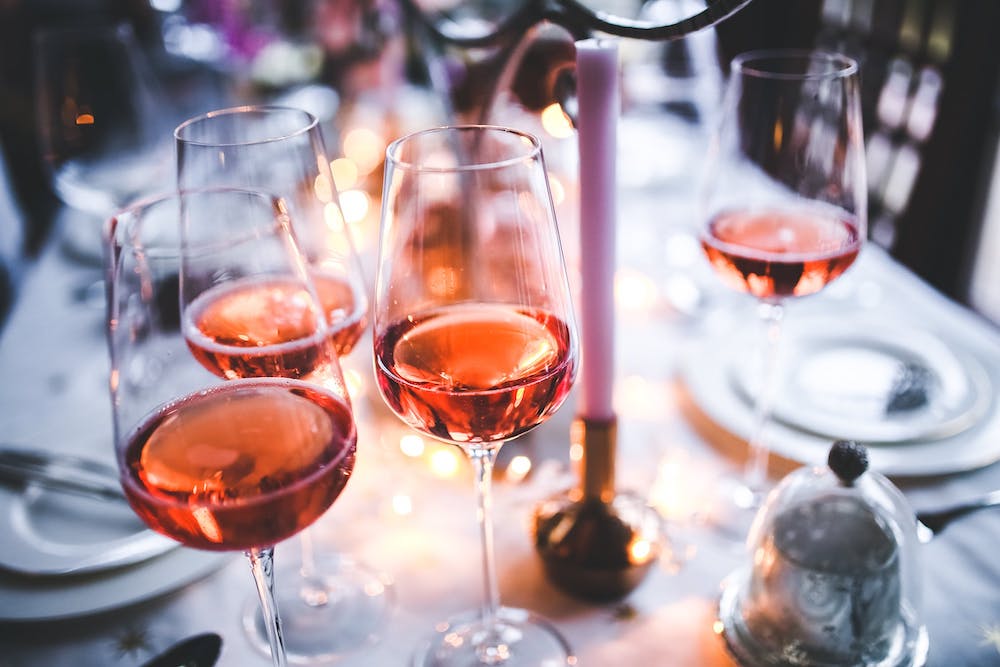
5 o’clock tea, 7 o’clock dinner
If 5 o’clock tea in Britain is now more of a mythical and long-forgotten tradition, eating regularly at a certain time of the day is something the French are keeping up with in small villages and Paris alike. No doubt that the modern lifestyle with grabbing food on the go has caused partial disruption of century-old customs of consuming food at a certain hour.
However it is still common practice for the French to have a strictly designated time for breakfast, lunch and dinner every day, 7 p.m., for example, being the usual time for the last meal of the day.
This regularity helps the body adjust its’ biorhythms accordingly and only benefits food digestion!
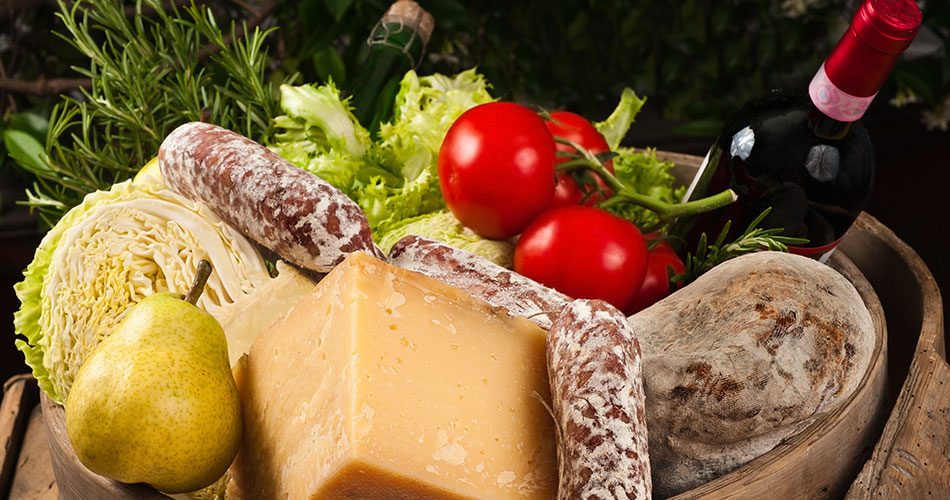
Produits du terroir
Terroir is one of the concepts which cannot be easily translated into English. It is defined by wine makers and farmers as the specificity of place, which includes the soil, the climate and anything else that could possibly differentiate one part of land from another. Local épiceries (speciality shops with regional produce) are worth a visit, since almost every region in France is celebrated for a wide variety of foods.
Learning more about the terroir surrounding your city or village in France, then buying products from the area, is not only a way to support regional producers, but also provides you with great insights in conversations during a typical French dinner or lunch.
The French, being proud to belong to a particular place in the country, will surely appreciate your knowledge of local specialities and thus make it easier for you to integrate socially into their social circle.
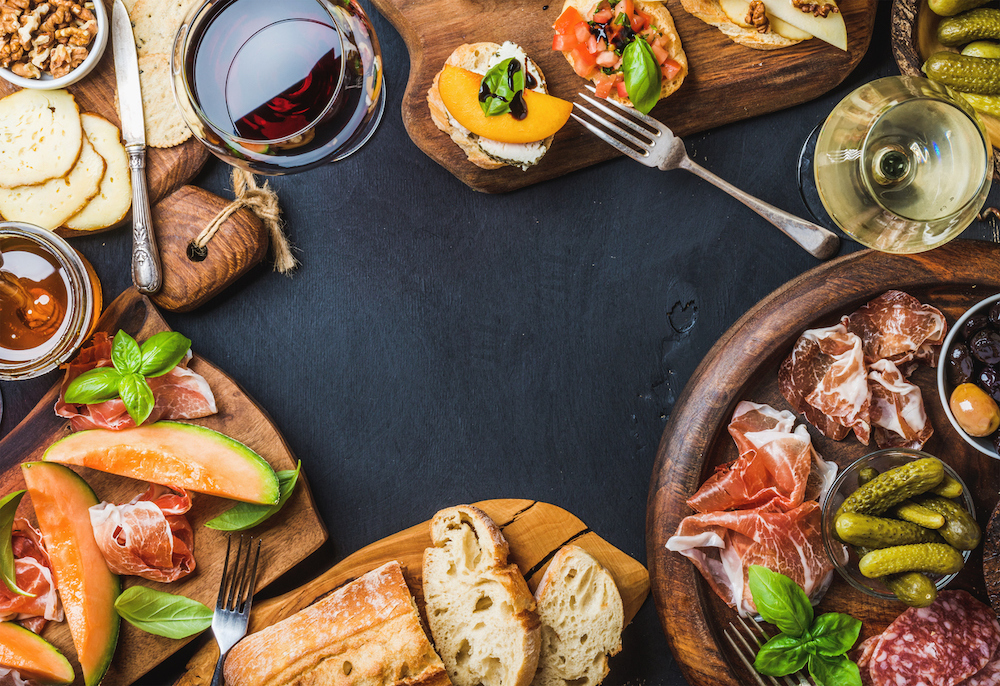
Eat light
Latest studies demonstrate that the French opt more and more often for easier to digest veggie and vegan options when going out. Thinking about this tendency, I remarked that in general the French prefer eating light in the first place.
When I say “light” I don’t mean by any means a sumptuous boeuf bourguignon or any traditional dish from the Rhône-Alpes region. (Remember me and these words should you ever find yourself in a bouchon, a traditional restaurant in Lyon – the “people’s” cuisine of the region is notorious for being copious and heavy).
In addition to that, it would not be wise to compare the “lightness” of a Parisian lady’s meal to that of a fisherman somewhere on the Normandy coast. However, in general the French person’s meals are evenly spaced throughout the day and thus provide an opportunity to vary the kind of products eaten and their quantity.
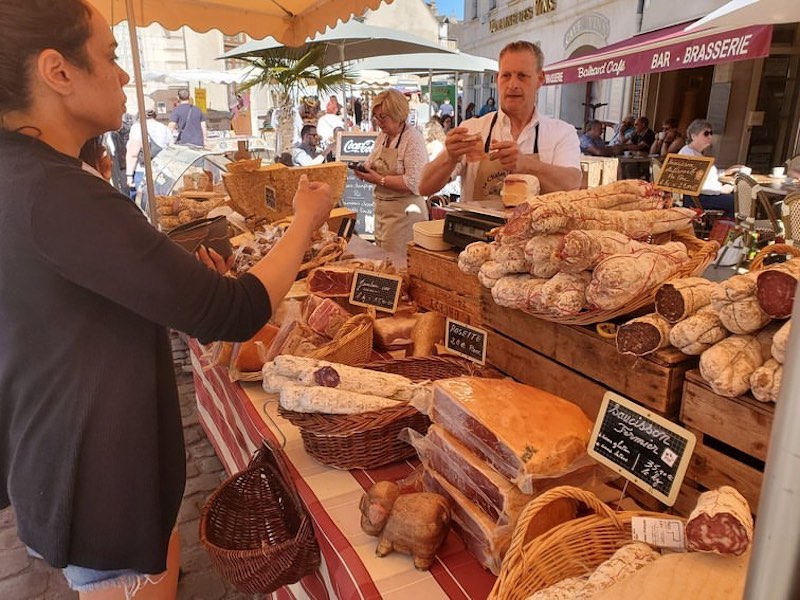
Know your producer!
Last but not least, France is particularly well-famed for minuscule fishmongers’, butchers’, florists’ and farmers’ stalls at local markets, as well as locally sourced groceries and other speciality stores.
There, the relationship between the client and the shop holder can often result in a nice conversation on a Saturday morning when you come to pick up your goods or (if you’re lucky!) in a discount on selected items.
Recognizing the faces of local producers and calling them by name is yet another way to integrate in the social life of your neighbourhood since it is rather likely that people living close by shall also choose the same address for their shopping. Turning those visits into a habit may help to strike up a conversation with a neighbour at one of the gatherings and keep it flowing, passing on to the topics of weather, politics or travels.

About the author:
Elena Kalmykova is a pastry chef, gastronomic guide, arts lover and passionate traveller living in Paris. She’s originally from Moscow, Russia. It was her love for pastry that led Elena to study and then work in a Parisian pastry shop, a 3-star Michelin restaurant and now in a 5-star hotel.
She loves to discover new technologies as well as the latest trends in food, great spots to eat or drink and share her knowledge.
You can follow her on Instagram at elena_kalmykova.
Elena Kalmykova is a pastry chef, gastronomic guide, arts lover and passionate traveller. She’s originally from Moscow, Russia. It was her love for pastry that led Elena to study and then work in a Parisian pastry shop, a 3-star Michelin restaurant, then at a 5-star hotel.
She loves to discover new technologies as well as the latest trends in food, great spots to eat or drink and share her knowledge.
You can follow her on Instagram at elena_kalmykova.


